How to Understand AI PCB Design?
By:PCBBUY 03/27/2025 14:03
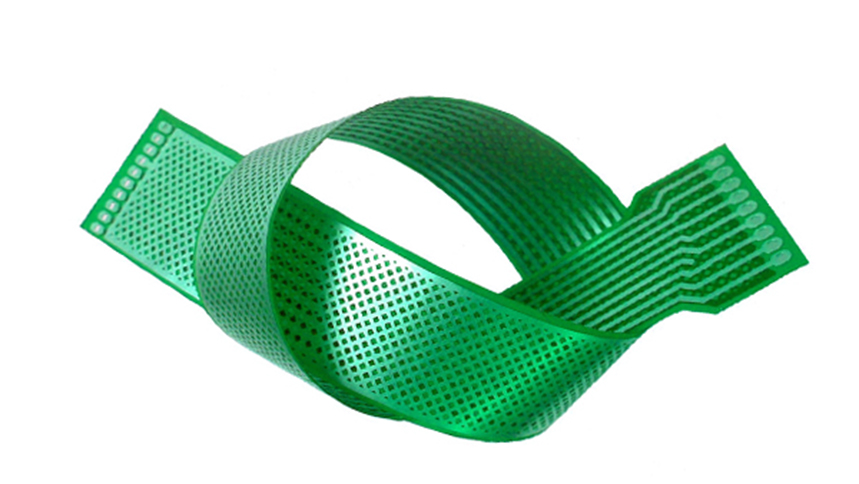
As technology evolves, artificial intelligence (AI) is becoming increasingly integrated into various industries, and Printed Circuit Board (PCB) design is no exception. AI in PCB design leverages machine learning, data analytics, and automation to optimize processes and produce higher-quality boards. Understanding the intersection of AI and PCB design is critical for businesses aiming to remain competitive in the electronics industry.
What Is AI PCB Design?
AI PCB design involves using artificial intelligence to streamline and enhance the PCB design process. AI tools analyze vast amounts of data, automate repetitive tasks, and provide predictive insights, significantly reducing design time and errors. By incorporating AI, designers can create more efficient, reliable, and cost-effective PCBs.
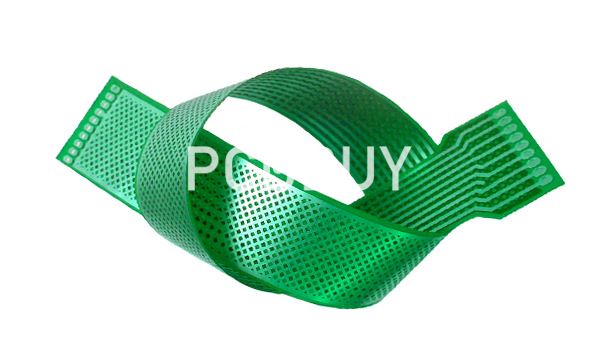
Key Features of AI in PCB Design
-
Automation of Repetitive Tasks: Tasks like placing components and routing connections can be automated with AI tools.
-
Data-Driven Insights: AI analyzes historical and real-time data to provide recommendations.
-
Predictive Analysis: AI predicts potential design flaws, enabling proactive error correction.
-
Optimization: AI can optimize board layouts for performance, cost, and manufacturability.
Principles of AI in PCB Design
To grasp AI PCB design, it's essential to understand the principles driving its integration:
1. Machine Learning Algorithms
Machine learning (ML) algorithms are at the core of AI PCB design. These algorithms learn from past designs and use the knowledge to improve future layouts. For instance, ML models can:
-
Predict optimal trace routes based on previous designs.
-
Identify potential thermal hotspots and suggest solutions.
2. Data-Driven Design
AI tools analyze massive datasets, including:
-
Previous PCB designs.
-
Component placement data.
-
Signal integrity and thermal management simulations.
By leveraging this data, AI tools identify patterns and generate efficient designs.
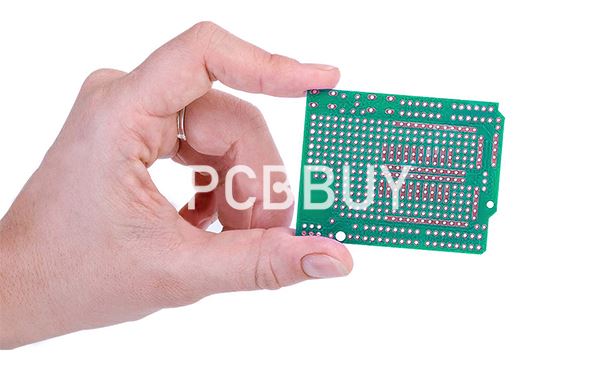
3. Digital Twin Technology
Digital twins are virtual replicas of physical PCBs. AI uses digital twins to simulate the design process and predict real-world performance. This allows designers to:
-
Test designs without physical prototypes.
-
Optimize layouts before manufacturing.
4. Neural Networks
Neural networks enable AI to process complex patterns in PCB design, such as:
-
Identifying the best component placements.
-
Optimizing power delivery networks (PDN).
The Role of AI in PCB Design Optimization
AI is transforming PCB design by optimizing various aspects of the process:
1. Component Placement
Component placement is crucial for signal integrity, thermal performance, and manufacturability. AI algorithms:
-
Analyze signal paths to suggest optimal placements.
-
Minimize interference by separating sensitive components.
2. Routing
Routing defines the electrical connections between components. AI tools:
-
Automatically route traces to reduce crosstalk and impedance issues.
-
Ensure compliance with design rules and manufacturing constraints.
3. Thermal Management
AI simulates heat dissipation and identifies potential thermal issues. It suggests:
-
Improved heat sink placements.
-
Optimized copper pour areas.
4. Cost Optimization
AI evaluates designs for cost-effectiveness by:
-
Identifying unnecessary design complexities.
-
Suggesting cost-effective materials and manufacturing processes.
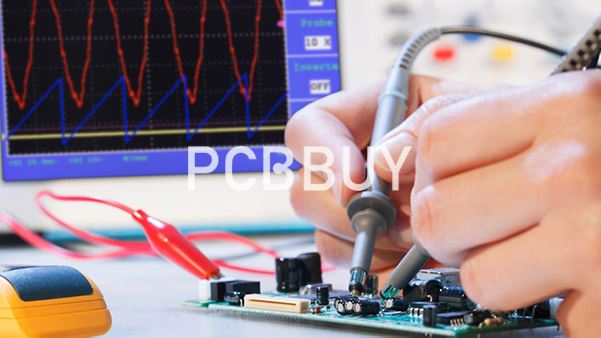
Benefits of AI in PCB Design
The integration of AI offers numerous advantages:
|
Feature |
Traditional Design |
AI-Powered Design |
|
Design Time |
Days to weeks |
Hours to days |
|
Error Rates |
High |
Low |
|
Design Complexity |
Limited |
High |
|
Predictive Capabilities |
None |
Advanced |
Enhanced Efficiency
AI reduces design time by automating tedious tasks, allowing designers to focus on innovation.
Improved Accuracy
AI tools minimize errors by adhering to design rules and predicting potential issues.
Better Performance
AI-driven designs optimize signal integrity, thermal management, and power delivery.
Challenges in AI PCB Design
While AI offers significant advantages, challenges remain:
1. Data Quality
AI tools require high-quality data for accurate predictions. Poor data quality can lead to:
-
Incorrect design recommendations.
-
Inefficient layouts.
2. Learning Curve
Adopting AI tools requires:
-
Training for designers.
-
Investment in new software and hardware.
3. Integration with Existing Tools
AI tools must integrate seamlessly with traditional PCB design software like Altium Designer or Cadence Allegro.
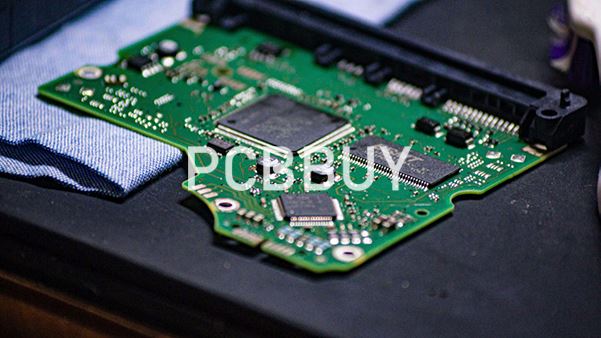
Future Trends in AI PCB Design
The future of AI in PCB design is promising. Emerging trends include:
1. AI-Driven Manufacturing
AI will integrate with manufacturing processes to:
-
Automate quality checks.
-
Optimize production schedules.
2. Real-Time Collaboration
Cloud-based AI tools will enable real-time collaboration between designers worldwide.
3. Advanced Simulations
AI will enhance simulation capabilities, allowing:
-
More accurate electromagnetic interference (EMI) predictions.
-
Faster thermal and mechanical simulations.
Case Study: AI in Action
Consider a company designing a high-frequency PCB for a 5G application. Traditional methods struggled with:
-
Signal integrity issues.
-
Lengthy design cycles.
By adopting AI tools:
-
Signal paths were optimized automatically.
-
Design cycles were reduced by 40%.
-
Thermal simulations identified and mitigated hotspots.
Results
-
Enhanced board performance.
-
Reduced manufacturing costs.
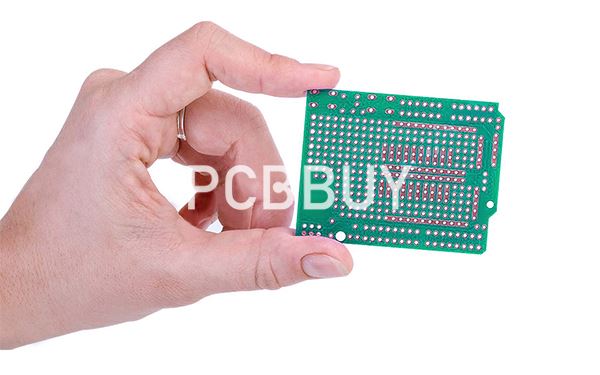
Conclusion
AI is revolutionizing PCB design, offering unprecedented efficiency, accuracy, and performance. By automating tasks, optimizing layouts, and leveraging predictive analytics, AI is reshaping the future of electronics design. However, challenges like data quality and integration must be addressed to fully realize AI's potential.
References
-
Smith, J. (2023). "Artificial Intelligence in Electronics Design. Electronics Journal, 45(3), 123-135.
-
Brown, T. (2022). "Machine Learning Algorithms for PCB Design. Design Quarterly, 12(2), 98-110.
-
IEEE Standards Association. (2023). PCB Design Optimization with AI. IEEE Transactions on Electronics Design Automation, 39(4), 250-260.
Industry Category











